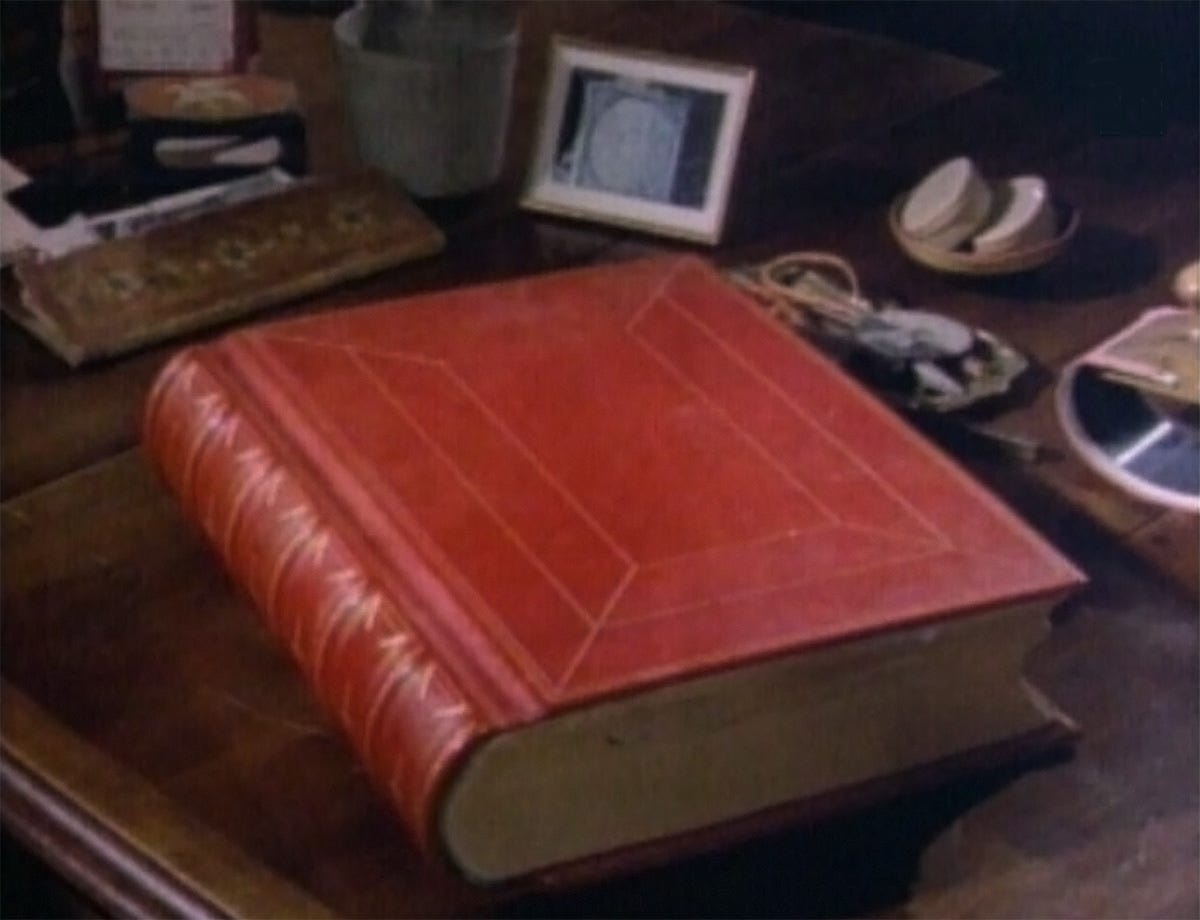P.S. Carl Jung's Book of Dreams: The Red Book
"...the one thing I have learned is that one must live this life."
When he died, Carl Jung’s most important work was locked up, unpublished in a Swiss vault. It is among the greatest dream journals ever created.
The Red Book —so called for its leather cover—was kept under lock and key until the early 2000s, when the public finally got to experience Jung’s masterpiece.
Carl Jung decided not to publish The Red Book because he worried readers would think him a crazy mystic. He feared it would undermine his important contributions to psychology. The Red Book is deeply personal as it charts Jung’s fantasies and dreams during a difficult period in his life. Jung’s family protected his legacy for decades until the Jung-scholar, Sonu Shamdasani convinced them that the world would benefit from seeing The Red Book.
The book’s publication was so monumental, it warranted a trailer befitting an adventure movie:
Jung wrote out drafts of the text that would become The Red Book by selecting dreams and visions he had recorded in earlier journals (The Black Books). He added commentary to these stories. And then he had the draft typed up. From these transcripts, Jung copied the text in calligraphic handwriting—editing and adding material along the way. The contents were so “precious,” Jung explained that he
knew of nothing better than to write them down in a “precious,” that is to say costly, book and to paint1 the images that emerged through reliving it all—as well as I could.2
While I can’t do justice to The Red Book’s magnificence in this post, I hope to give you a sense of why it is so powerful by sharing some of my favorite passages and images. I hope this brief glimpse conveys just a fraction of the book’s brilliance.
Monday’s posts are always free, while the second post of the week offers a deeper dive for paid subscribers. You can read my full post on Carl Jung’s Mid-Life Crisis Notebooks and my post on dream notebooks for free. If you look forward to reading Noted, please consider becoming a paid subscriber. You’ll get additional weekly content, and you’ll help keep this newsletter going!
Keep reading with a 7-day free trial
Subscribe to Noted to keep reading this post and get 7 days of free access to the full post archives.





